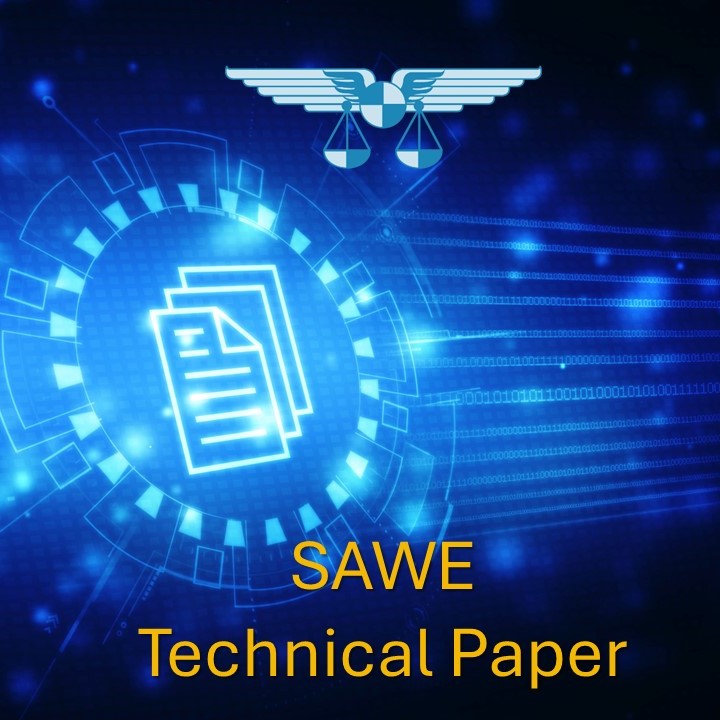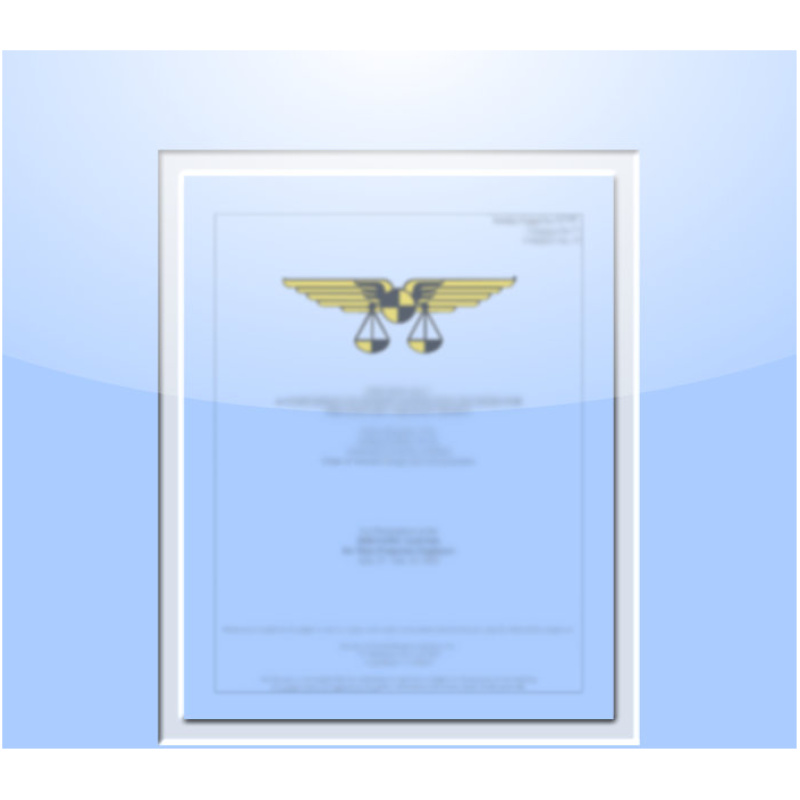
3835. Vibration Characterization for Active Damping in a 2U CubeSat Payload for Rocketry Applications
$20.00
SAWE Members get a $200 store credit each year.*
*Store credit coupon available at checkout, click the button in your shopping cart to apply the coupon.
Not applicable to SAWE textbooks and current conference technical papers.
Paper
Abstract
Vibration damping is essential to protect certain flight equipment and avionics, ensuring a successful flight in rocketry. The two main types of damping are passive
and active damping. Passive damping uses materials to absorb shock and vibration during flight. This works under certain conditions but is not always sufficient. Active
damping, however, offers more effective results. This damping method uses a data processor to assess the system’s vibration state and sends this information to a
controller, which determines the appropriate action to reduce the vibration on the system, acting as a closed loop system.
To implement effective damping, the vibrations the system experiences during flight need to be characterized. This includes determining the modes of vibration the system
has, their locations, frequencies, and resulting displacements. The objective of the University of Minnesota: Twin Cities Rocket Team’s 2U CubeSat payload for the 2025
International Rocket Engineering Competition (IREC) is to characterize these vibrations that the CubeSat is experiencing during a flight to an altitude of 30,000
feet. Once the vibrations are characterized, an active damping system can be programmed and developed to reduce those vibrations.


